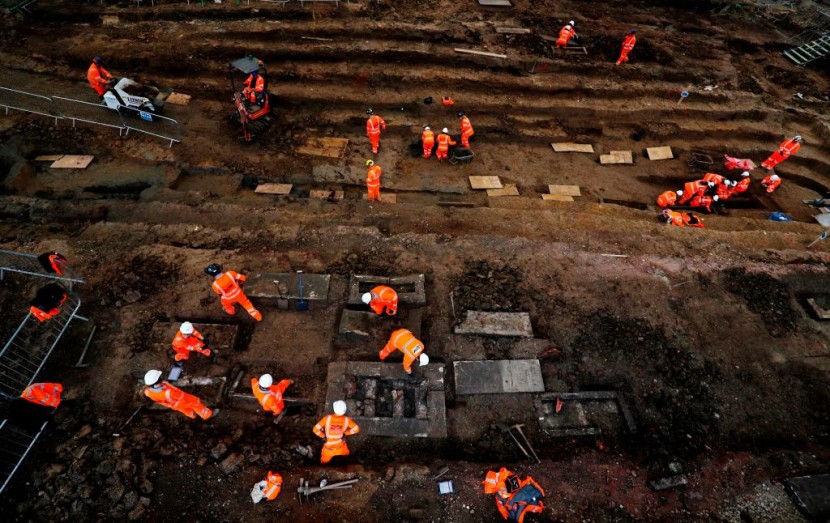
Thousands of skeletons were unearthed in a hidden graveyard found in the town of Hull, located by scientists. Finding these numerous intact skeletons gives a glimpse of the history of the city.
The organizers of the dig found 300 remains per week in the yearlong excavation of the old burial ground. Mysterious discoveries in the packed graveyard include cages wrapped around coffins to thwart corpse thieves.
Thousands of remains analyzed reveals history of Hull
During the 12 months the organizers dug up the site, they said they found the remnants of nearly 10,000 individuals buried there, reported the Express UK.
Historically, the graveyard was blessed in July 1785 when burials at the Holy Trinity Church in Old Town Hull were scarce. This means to say the older medieval cemetery was getting more crowded.
In 1861, the new graveyard was used for burials. In that year alone, over 43,000 graves were recorded by the local parish, noted Hull Dailymail.
Stephen Rowland, the project manager, remarked that some of the bodies were interred in the Hull Church cemetery. But most of the dead were in the Trinity Burial Ground on Castle Street.
He added that the examinations of about 9,500 remains were excavated and analyzed but treated with respect until they returned to their graves. Once the thousands of skeletons are already analyzed, a trench for reburial will be placed outside the road.
The dig surrounding the former Trinity burial ground and its historical recording are finished. Next is for Oxford Archaeology North's project team to begin the next phase, like desktop data studies for further investigation.
Rowland said the information gained from the study in one year had given insight into population growth in the later 1800s.
Most of the graves were arranged in several rows close to the path from the main entrance, in the cemetery's central east section. This section of graves mentioned was where people buried the wealthier ones with decorations and fancy tombs.
Mysterious discoveries in the graves
In some tombs, mort safes that deterred grave robbers from getting bodies, seen in the Trinity Burial Ground mentioned in records. One coffin was surrounded by a steel cage for more extreme measures.
Rowland said that the organizers found artifacts in the graves that were connected to individuals. These items were copper pins for burial shrouds, clothes, and hair to make the dead look presentable, lining the coffin with the Friends of Hull General Cemetery.
Some weird items were discovered and cataloged, like glass beads and conch shells, in the graves. Though the beads found weren't items from the earlier Saxon and Roman eras as previously thought. More items like burial plates were seen, but one grave had a ceramic plate. It might be that the plates had salt that is believed to be used for eternal life, like later medieval burial places in London and Birmingham.
Rowland added that lab work on the site is done, with data gained from the site. The data will get insight into mortality, health, and disease in these former times.
Finding thousands of skeletons in a hidden graveyard in the city of Hull gives an insight into life before by looking at how individuals are buried.
Related Article : Deadman's Island Is Off-Limits to Visitors As Human Remains, Open Coffins Surround the Area Resembling Horror Movie Scenes
© 2025 HNGN, All rights reserved. Do not reproduce without permission.




